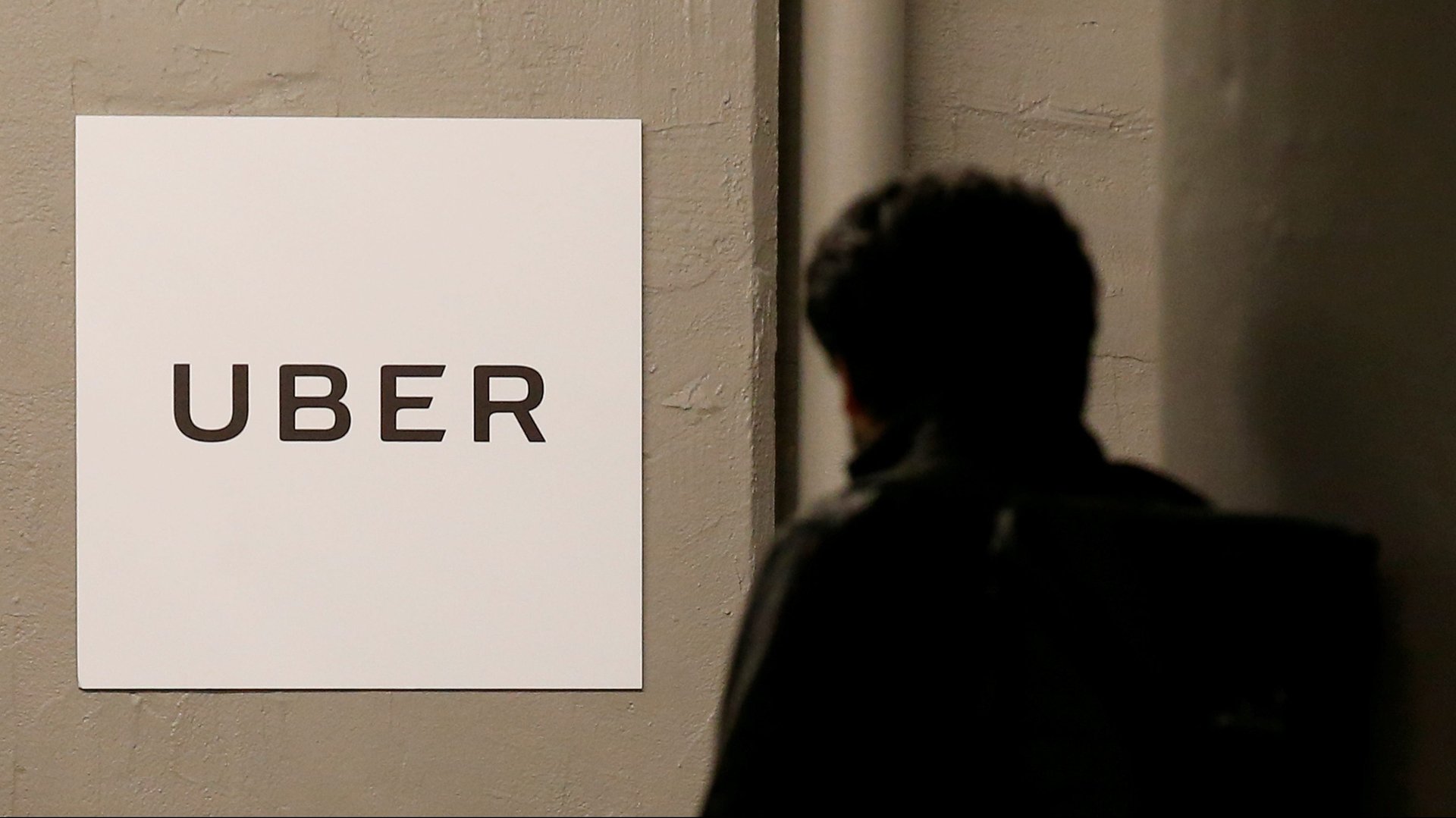New York state just dealt another blow to Uber’s business model
Three New York Uber drivers and “others similarly situated” have been deemed employees for unemployment purposes.


Three New York Uber drivers and “others similarly situated” have been deemed employees for unemployment purposes.
An administrative law judge for New York’s state labor department ruled on June 9 that the three former Uber drivers were eligible to receive unemployment benefits, typically reserved for ex-employees. The ruling strikes another blow to Uber’s business model. The company treats its over 600,000 US drivers as independent contractors, which enables it to avoid providing them both government-mandated employee benefits and a guaranteed minimum wage.
The new ruling upholds determinations made late last year by a state labor department clerk that found Jeffrey Shepherd, Levon Aleksanian, and Jakir Hossain—all former Uber drivers—to be employees of the company rather than contractors. Uber had appealed the initial determination.
“Uber took steps to modify the claimants’ behavior, as typical in an employer-employee relationship,” administrative law judge Michelle Burrowes wrote on June 9. “The overriding evidence establishes that Uber exercised sufficient supervision, direction, and control over key aspects of the services rendered by claimants such that an employer-employee relationship was created.”
One unanswered question is what constitutes “similarly situated,” and how many drivers it could extend to. Uber has previously emphasized that labor-department determinations are limited in scope to the named plaintiffs. The company also once said there was “no typical driver” on its roster, in an effort to preempt an employment lawsuit being certified as a class-action.
The New York Taxi Workers Alliance (NYTWA), an advocacy group for professional drivers in New York city that represented the three drivers in their case, called for the state labor department to audit Uber to determine whether all of their drivers in New York state are employees. “The message here is simple: If you’re going to control the workers to maximize your profits off their labor, you owe them their rights and benefits under the law,” Bhairavi Desai, executive director of the NYTWA, said in a statement.
Uber said in a statement that it has appealed the decision and is “immediately requesting” a new hearing. The company said it was denied its right to due process because the drivers who testified in the case were “hand-picked” by the NYTWA.
Uber’s labor problems have faded into the background in recent months as the company has been consumed by other scandals. Uber today (June 13) released the results of an investigation into its workplace culture conducted by former US attorney general Eric Holder. CEO Travis Kalanick also said he would take a leave of absence, without specifying a return date. Kalanick’s leave will compound a leadership void at the company; Uber currently lacks a the chief operating officer, chief financial officer, and senior vice president of engineering.
Even with the spotlight elsewhere, the employment question will remain huge for Uber so long as it relies on hundreds of thousands of human drivers to make its on-demand rides business possible. Local regulators have reached different decisions about whether to consider Uber’s drivers employees or contractors. Such decisions typically do not set binding precedent, or apply to a broad set of workers.
Decisions made in 18 states so far have found at least one Uber driver to be an independent contractor. In other states, including California and New York, determinations have been made at least once that an Uber driver should be treated as employee under certain circumstances, such as unemployment.
Last summer, a federal judge rejected a $100 million settlement reached by Uber and the drivers suing it in a landmark employment lawsuit. The class-action lawsuit, brought by drivers in California and Massachusetts, argued that Uber had misclassified drivers in those two states as independent contractors instead of employees.